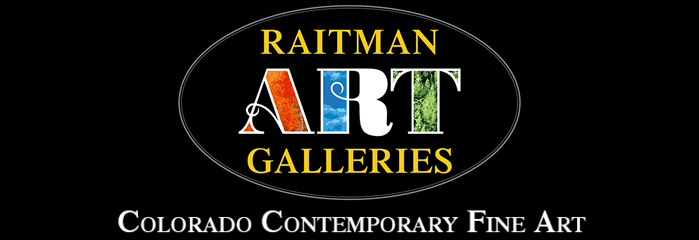Chris Cantwell Artist Review
History

Tlingit Totem Pole and Community House, Totem Bight State Park
Alaska

McPherson Guitars
Aesthetics
Principals of Art:
Space: Space is demonstrated to create dimension in the composition. Cantwell's work balances between positive and negative space. You can see how in Cartoon Falls the positive dominate space is the highly detailed flow of circles. The two layers of surrounding wood have less detail and deeper values. These open spaces in the composition balance the cluster of detail in the flowing center form and give an idea of spaces in the composition.
Color: Cantwell polishes the many wooden pieces to a reflective sheen that brings out the natural variations of color and grain. You will also find iridescent mother of pearl and other shells amongst the wood that pop and shine. The natural colors of the wood and shell stand boldly against each other and are expertly paired and matched by the Cantwell to work harmoniously together.
Shape: Flowing shapes help define and create space in Cantwell's work. Notice in Cartoon Falls how the flowing shapes in the center portion are reflected in the upper left corner in their roundness. Oppositely, the right geometric shapes contrast against the flowing shapes of the left and center. These patterns and variances make the piece more interesting to look at as well as prompt the eye to move around the composition.
Form: Circle is to shape as sphere is to form. Cantwell's compositions are two dimensional design works that do not strive to demonstrate form. Space and dimension is created however through the less detailed wood serving as a background to the main focal points of the piece.
Value: Value relates to the tint/shade of a hue (color). Every color can be tinted by adding white or shaded by adding black. The purpose of considering value in a work of art is to help create both dimension and a mood. Changes in the value of the wood make them pop against one another. This is clear in Cartoon Falls with the dark wood in the upper third of the composition contrasting against the warm wood in the lower two thirds.
Texture: The surface of Cantwell's creations are irresistibly smooth, yet the viewer can find interesting textures in the naturally occurring wood grains that decorate the surface. The pattern of the wood grain creates a visual flow and is a magnificent showcase of these naturally occurring textures.
Principals of Design:
Balance: Cantwell uses a change in detail and color to balance his compositions. In Cartoon Falls the highly detailed flowing form is balanced by the less detailed warm wood, and even more by the darkest wood in the upper third portion of the piece. The detailed flowing form takes up the least amount of space in the composition, yet is balanced due to it’s visual interest in opposition to the larger surrounding proportions.
Unity: The unity of a piece is what creates a sense of completeness. The reflective polished surface of the artwork unifies the piece and the hundreds of different types of wood and shell used.
Variety: Variety is what adds interest into a work of art. Cantwell will use up to 200 different types of wood in a single work of art. This variation in color, wood grain, and size creates a buffet of visual variety for the viewer to enjoy.
Emphasis: Emphasis is what the artist uses to create a focal point. Focal points can vary viewer to viewer, but a truly successful composition will have one clear focal point that the eye is continually drawn to over and over again. The highly detailed flowing form in Cartoon Falls is the clear and obvious focal point. The viewer can’t help but to look closer to appreciate every small detail in amazement.
Movement: Movement implies motion is a snapshot of time. The flowing center form in Cartoon Falls feels like flowing water off of a rock face. This creates a feeling of movement, and also prompts the eye to move.

Surfing the Big Burls
Christopher Cantwell
Pattern: Think of pattern as the visual skeleton that organizes the parts of a composition. This underlying structure uses consistent and regular repetition. You can have both natural and man made pattern. The repetition of the circular shapes that compose the flowing center form create a visual pattern that stimulates the eye and catches the viewer’s attention heightening it’s emphasis.
Perspective: Perspective is what creates a three dimensional work of art vs a two dimensional work of art. The dark wood used in the upper third portion of Cartoon Falls makes it feel separate and distant to the detailed form. This creates a subtle idea of depth and visual perspective.
Production
To began the process of wooden inlay, Cantwell selects the base that will serve as the surface in which wood is inlayed into. It is at this stage he must decide the color scheme he wishes to work in, as it will be the dominating background color. Cantwell will then begin to cut and shape the individual pieces of wood that will be inlayed. This is a time consuming process as Cantwell will often use over 200 different types of wood, stone and shell in his compositions.
Once the inlayed shapes have been carved and established Cantwell begins to cut into the base surface. This process must be exact and precise, as a small slip of the hand can never be undone. The wood is cut just deep enough for the inlayed piece to sit flush against it’s surface. The artist is looking for a tight fit when the wood in inlayed to the base. To secure the inlayed piece a mixture of wood dust and glue is used to fasten the two woods together.



